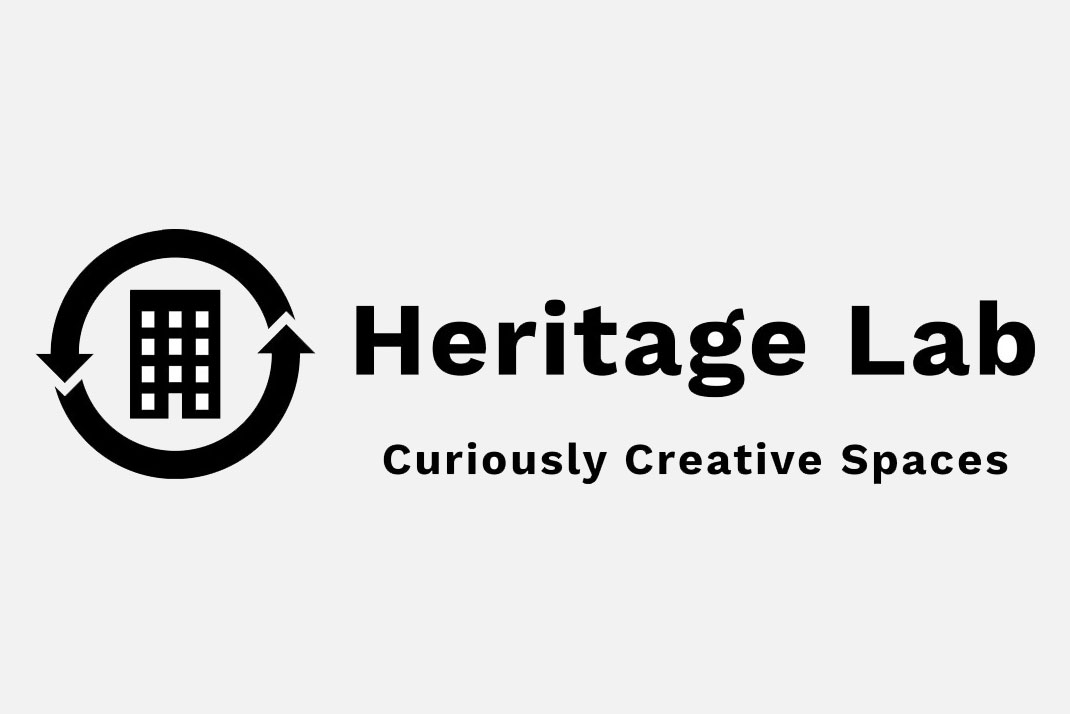
Ramsgate’s creative economy- research brief
8 April 2019
Heritage Lab CIC is seeking to commission an organisation or consortia to undertake a piece of research to determine the size, scope, needs and potential of the Ramsgate creative economy.
Strategic Context
The digital and creative industries are highlighted by the government as a priority for growth with the aim for the UK to become a world leader in this area. Jobs in this industry are resilient and futureproof, with 87%of those employed considered at low risk of automation. The SE Local Economic Partnership believes that a key factor will be to drive growth at a local level.
There is strong evidence that a thriving local creative economy has a direct impact on generating employment and business growth in all sectors. Increasing the gross value added (GVA) contribution from the local economy, as a whole, will serve to attract high quality investment and development to an area and help to transform its people and prospects. The availability of appropriate accommodation is a key enabler to growth and the opportunity exists to promote the SE as a prime location for quality, affordable space, with bespoke business support and connections to the capital and Europe.
The local context
The size of the creative industries in Thanet grew by 84% in the four years to 2017, and around a quarter of these are thought of be based in Ramsgate. In a recent survey of 144 creative individuals in Thanet the number one priority for them was access to affordable workspace.
In addition to mapping the sector, this project will seek to identify the need for workspace in future and to determine the degree to which there might be common aspects in the cluster- ie a “Ramsgate USP”.
Heritage Lab CIC was established in 2018 to regenerate historic buildings and community assets in order to make more space available to the creative sector and community. Thanks to a national lottery funded Arts Council England grant we are now in a position to determine the scale and accommodation requirements of the sector in Ramsgate to enable Heritage Lab and others better to plan how to support the creative sector over the next 5 years.

Cultural Heritage
Ramsgate is steeped in cultural heritage. World-renowned authors, artists and architects such as Jane Austen, Wilkie Collins, Samuel Taylor Coleridge, Mary Townley, Vincent Van Gogh, Karl Marx and Augustus and Edward Pugin have all lived and thrived in Ramsgate.
The Romans, Vikings and birth of Christianity in the UK all arrived via Ramsgate. It was a favorite retreat of both Queen Victoria and King George IV, and the town played significant roles in both the Napoleonic Wars and the Evacuation from Dunkirk.
In the 18thand 19th centuries Ramsgate became one of the UK’s great resorts. Despite a decline from its heyday, Ramsgate’s tourism is once again thriving.

Ramsgate is now in the top 8% of conservation areas with creative industries across the UK and is one of the cultural production areas in the Thames Estuary Production Corridor.
It is the site of one of the UK’s first Heritage Action Zone and is one of the East Kent hubs for the £1.5M Pioneering Places scheme that will develop heritage and civic pride and connect artists and communities.
These days, cultural highlights include the UK’s favourite small music venue, performance and installation art and numerous festivals.
The Brief
As an emerging creative hub, Ramsgate has a large and diverse range of businesses [sole traders, SMEs, partnerships etc] based in the town. Although some desktop studies have attempted to quantify them, no contemporary data exists about the sector.
Thanks to generous funding from Arts Council England and Locate in Kent, the intended outcomes of this project are to:
Describe the sector’s size and accommodation needs [including reference to how this might have changed over time were possible]:
- Ascertain the quantum of creative businesses operating in the town of Ramsgate.
- Ascertain the numbers and percentages in different categories [using the DCMS system as a guide- but expanding on this if the data dictates]
- Ascertain the total numbers of people in employment [as defined by NOMIS] in the sector and broken down by DCMS category if possible. To avoid doubt, the intention here is to capture the talent pool in the area who might be working in the sector but not necessarily in Ramsgate
- Use measures to record the equality and diversity of the sector and ensure that this report discharges responsibilities under the Equality Act 2010
- Ascertain the number, size and location of creative business bases and break them down into categories [including home working]
- Ascertain the range of, average and median current rental values for accommodation types used by the creative industry
- Ascertain the potential unmet demand & marker values for creative space [studio, desk, performance space, exhibition space etc].
- Ascertain the potential future demand for space and the likely market rental range over the next 5 years
- Ascertain the GVA contribution of the sector locally and make best endeavours to ascertain the GVA add of those working in the sector but not necessarily in Ramsgate
Describe the sector’s attributes:
- Determine the degree to which there might be common characteristics in the sector in Ramsgate
- Determine how Ramsgate’s creative sector might best be described in terms of USP, key messages or similar strap lineand test this out with stakeholders.
- Identify the best mechanisms for investors to engage with the sector locally.
Method
It is expected that this will combine desktop research; face-to-face community engagement, social media outreach and the use of statistical methods eg capture recapture.
The report’s findings must have the confidence of authenticity from the local creative sector and the statistical robustness and currency required from potential commercial and philanthropic investors and strategic bodies.
High-resolution images from engagement events and launch will be required for publicity purposes.